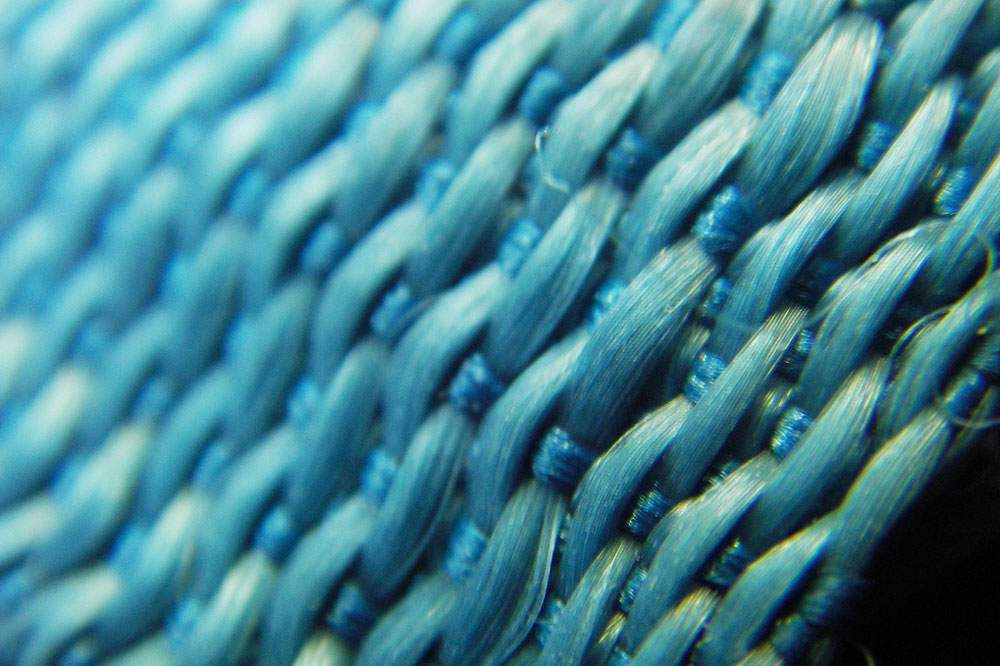
Chances are that there's something made of nylon in your house: nylon stockings, a jacket, or even a backpack or tent.
History
In 1927, the Du Pont chemical company invited chemist Wallace Carothers to lead a research team to invent a new synthetic material. Carothers wanted to make a fiber as soft and strong as silk. Since raising silkworms for silk production is difficult and expensive, Carothers hoped to make a substitute that could be mass-produced.
Carothers thought he could invent a new fiber by making a polymer, a new, bigger molecule made by joining smaller molecules together. It took ten years to find a polymer that could be pulled into a thin fiber and had qualities similar to silk.
What's Happening Today
Today, nylon is produced pretty much as it was in Carothers' lab. Liquid nylon is blown through tiny nozzles, producing a fiber 1/4 the thickness of a human hair. After the fiber solidifies, it's stretched several times its original length. The stretching lines up and binds the molecules together, giving nylon its strength. The strong fibers are then woven together to make nylon cloth.
Today Carothers' invention can be found in almost every household, but, sadly, he didn't live to see its success. In 1937, after years of suffering from depression and less than a month after applying for a patent for nylon, Carothers committed suicide. The very next year, nylon stockings hit the stores, ushering in a new age when synthetic fibers began to outsell natural fibers.









